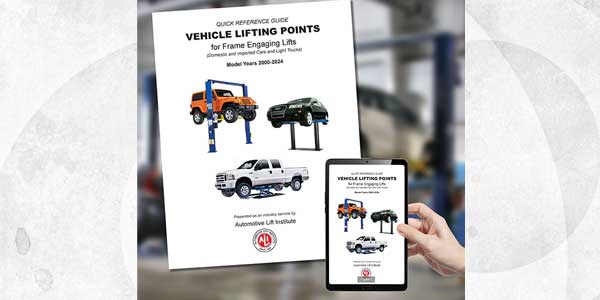A new report from the Governors Highway Safety Association (GHSA) has found that in 2016, 44 percent of fatally-injured drivers with known results tested positive for drugs, up from 28 percent just 10 years prior. More than half of these drivers had marijuana, opioids, or a combination of the two in their system.
“Drug-Impaired Driving: Marijuana and Opioids Raise Critical Issues for States” presents new research to examine the impact of marijuana and opioids on driving ability and provides recommendations on how best to address these emerging challenges. Funded by the Foundation for Advancing Alcohol Responsibility, the report found that among drug-positive fatally-injured drivers in 2016, 38 percent tested positive for some form of marijuana, 16 percent tested positive for opioids, and 4 percent tested positive for both marijuana and opioids.
While alcohol-impaired driving remains a significant threat to traffic safety, presence of alcohol in fatally-injured drivers is slightly lower than it was a decade ago, decreasing from 41 percent in 2006 to 38 percent in 2016. Some of the strategies that have been used to address alcohol-impaired driving can also be employed to deter drug-impaired driving, yet drug impairment presents several unique challenges. For example, there is no nationally-accepted method for testing driver drug impairment; there are an unwieldy number of drugs to test for; and different drugs have different impairing effects in different drivers.
“Drugs can impair, and drug-impaired drivers can crash,” said report author Dr. Jim Hedlund, former senior NHTSA official and nationally-recognized issue expert. “But it’s impossible to understand the full scope of the drugged driving problem because many drivers who are arrested or involved in crashes, even those who are killed, are not tested for drugs. Drivers who are drug-positive may not necessarily be impaired.”
Adding to these concerns is the frequency of poly-drug use, or the use of multiple potentially-impairing substances simultaneously. In 2016, 51 percent of drug-positive fatally-injured drivers were found positive for two or more drugs. Alcohol is often in the mix as well: 49 percent of drivers killed in crashes who tested positive for alcohol in 2016 also tested positive for drugs.
“Alcohol-impaired driving and drug-impaired driving can no longer be treated as separate issues,” said Ralph Blackman, president and CEO of Responsibility.org. “Drunk driving, which was involved in 28 percent of 2016 traffic fatalities, remains a critical issue; however, to curb impaired driving, we have to think about the combination of substances drivers are often putting into their systems at the same time.”
The task of detecting drug-impaired driving primarily falls to law enforcement. Over the past three years, GHSA and Responsibility.org have partnered to provide training for nearly 1,000 officers to better recognize and deter drugged drivers. These training tools – Advanced Roadside Impaired Driving Enforcement (ARIDE) and Drug Evaluation and Classification (DEC) – teach law enforcement the signs and symptoms of impairment by different categories of drugs. An additional 500 officers are expected to be trained through these grants within the next year.
The report also identifies opportunities for GHSA’s member State Highway Safety Offices (SHSOs) and other traffic safety stakeholders to reduce marijuana – and opioid-impaired driving. These recommendations include:
- Closely following the development and testing of new impairment assessment tools, such as oral fluid devices and marijuana breath test instruments
- Supporting the drug-impaired driving prosecution process through increased law enforcement training, authorizing electronic search warrants for drug tests, and educating prosecutors and judges on the unique challenges of drugged driving cases
- Partnering across the public health, pharmaceutical, and marijuana industries to educate patients and customers about the potential impairing effects of these drugs
- Using public awareness campaigns to change driver attitudes about driving under the influence of marijuana and opioids.
“Too many people operate under the false belief that marijuana or opioids don’t impair their ability to drive, or even that these drugs make them safer drivers,” noted GHSA Executive Director Jonathan Adkins. “Busting this myth requires states to expand their impaired driving campaigns to include marijuana and opioids along with alcohol to show drivers that impairment is impairment, regardless of substance.”















